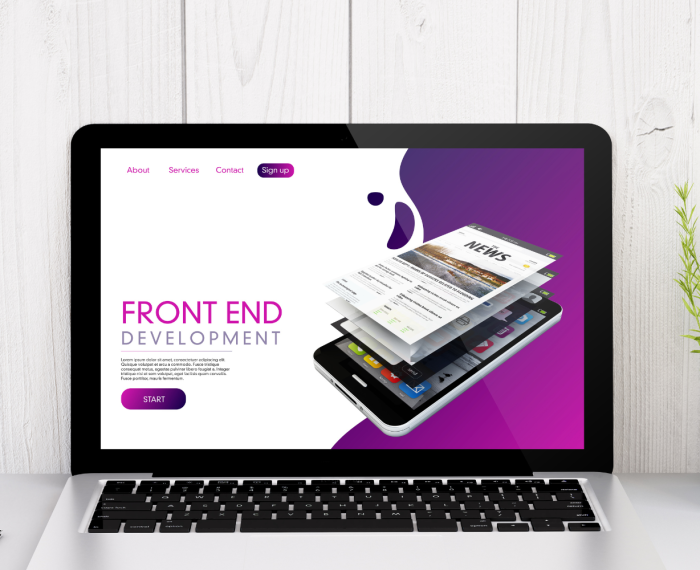Design trends can evolve rapidly but some design trends are here to stay because of the simplicity and minimalist feeling it creates for users. Here are some design trends that are prominent in the digital and graphic design landscape. It’s always a good idea to stay updated with the latest developments.
1. Neomorphism:
Neomorphism is a design trend that involves creating elements that mimic the appearance of real objects. This often involves soft shadows, gradients, and highlights to give a tactile feel to the design.
2. Dark Mode:
Dark mode or dark theme designs have become increasingly popular. This not only reduces eye strain but also adds a sleek and modern look to websites and applications.
3. 3D Design and Illustrations:
The use of 3D elements and illustrations in design has been on the rise. This includes 3D graphics, product mockups, and dynamic illustrations that add depth and realism to the visual experience.
4. Surreal and Abstract Art:
Designers are exploring more surreal and abstract art in branding and digital design. This trend often involves dreamlike or fantastical elements that capture attention and convey a unique brand personality.
5. Minimalistic and Clean Designs:
Minimalism continues to be a strong trend, focusing on simplicity, clean lines, and ample white space. It enhances readability and user experience.
6. Biophilic Design:
Biophilic design incorporates natural elements into digital design, connecting users with the natural world. This can include organic shapes, earthy colors, and nature-inspired patterns.
7. Bold and Contrasting Typography:
Designers are experimenting with bold and contrasting typography to create visually striking layouts. This can involve unique font choices, oversized type, and creative text arrangements.
8. Microinteractions:
Microinteractions are subtle animations or feedback elements that respond to user actions. These small details enhance user experience and engagement.
9. Gradients and Duotones:
Gradients and duotones remain popular for adding depth and visual interest to designs. Vibrant color combinations are often used to create eye-catching effects.
10. Augmented Reality (AR) in Design:
With the advancement of AR technology, designers are incorporating augmented reality elements into their work to provide interactive and immersive experiences.
Remember that design trends can vary across different industries and regions. It’s also essential to balance following trends with creating designs that align with the brand identity and user experience goals. Always stay curious and keep an eye on design communities and industry publications for the latest trends or contact Webnova Designs for the best advice regarding design trends for your business or product.




